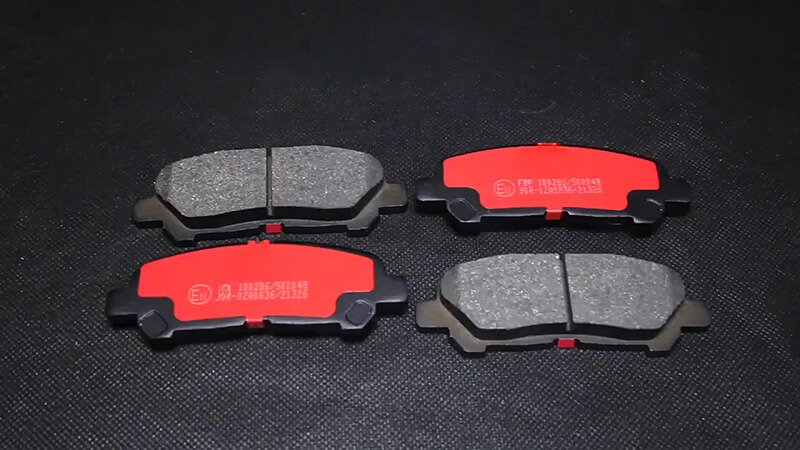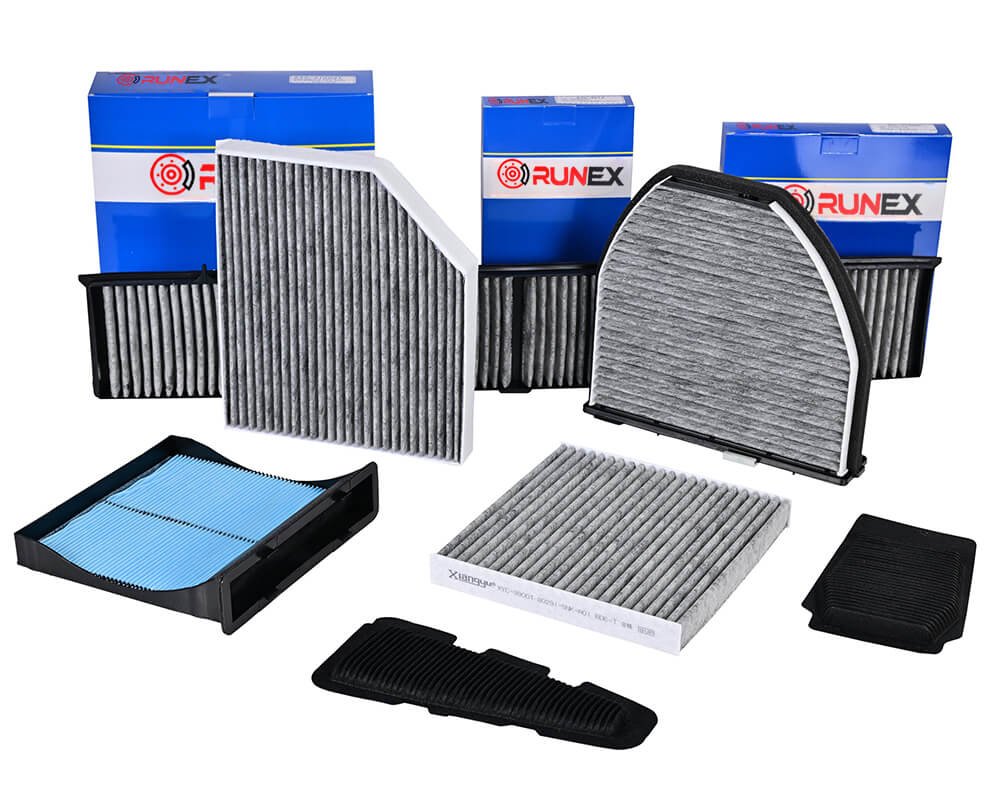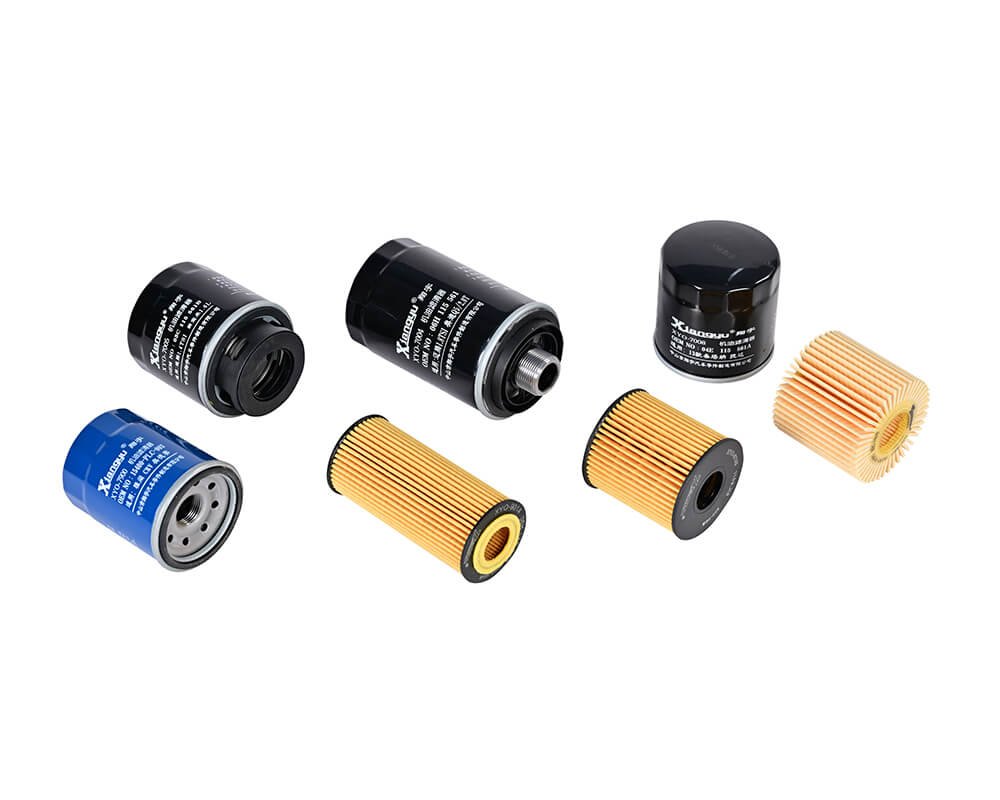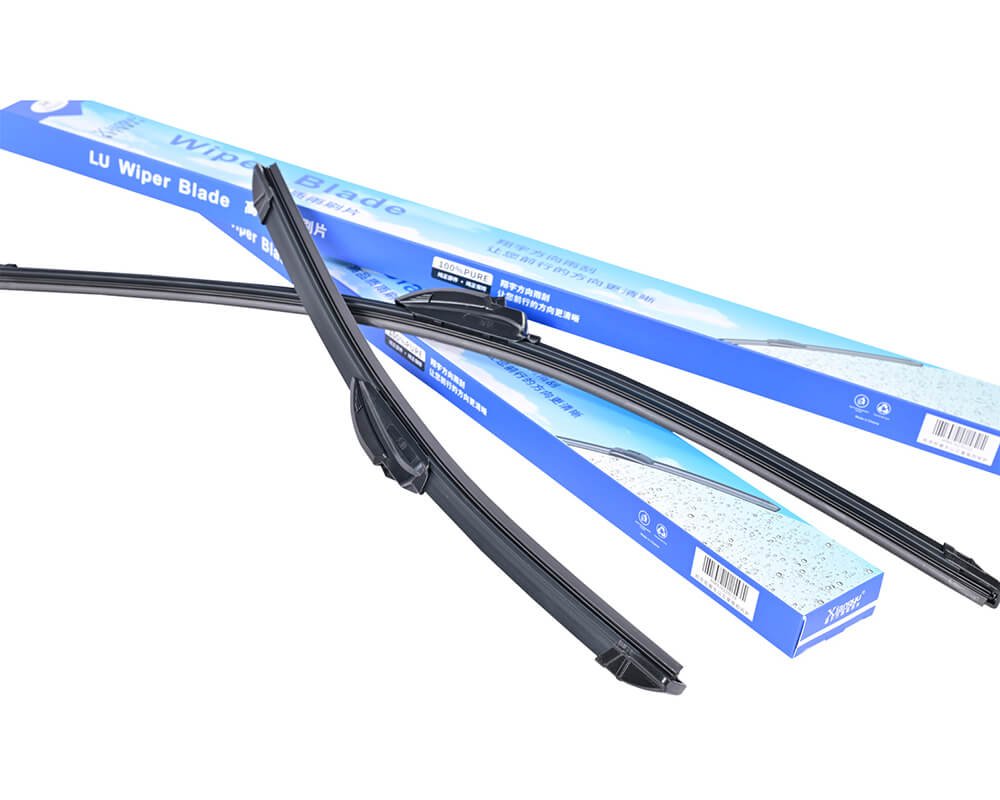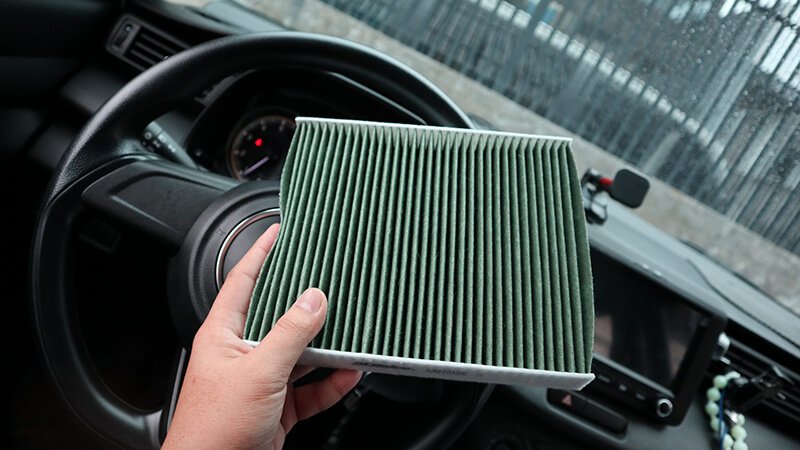Understanding the essential parts of an automobile is key to maintaining its performance and ensuring safety. If you’re new to the world of vehicles, it might feel overwhelming. But fear not, this guide will break down the core components and their roles in simple terms.
Automobile parts are divided into major components, each playing a specific role to ensure smooth operation. From the engine to the brake system, every part serves to maintain the vehicle's performance and safety, making regular maintenance essential.
Now that we understand the importance of automobile parts, let’s explore each of the key components in detail to see what they do. This will help you get a clearer idea of how each part contributes to the overall performance of your vehicle.
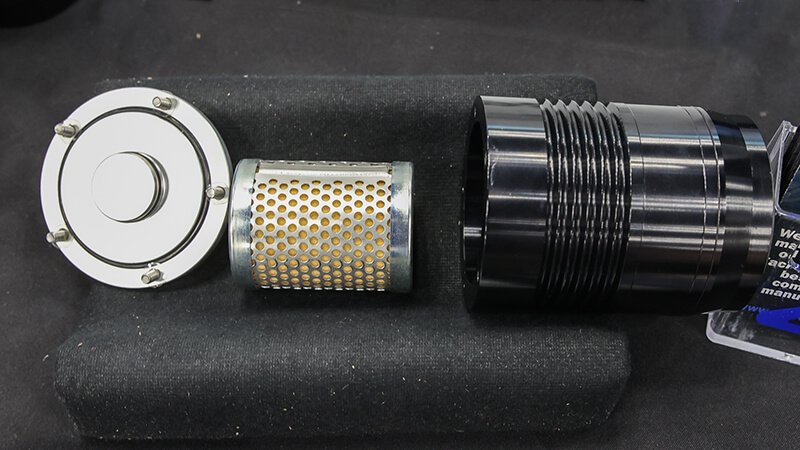
What are the components and functions of an automobile?
Do you know the main parts that make up your car? Many people assume a car is just a machine that gets you from point A to point B. But there’s much more going on under the hood. Every automobile consists of a few essential components that work together to ensure proper functionality.
A typical automobile is made up of various components, such as the engine1, transmission2, brakes3, suspension system4, and electrical system5. Each part has a unique function that helps keep the vehicle running smoothly and safely.
An automobile can seem like a complex machine, but once you break it down into its core components, it’s easier to understand how each part plays a role in its overall function. Let’s look at some of the primary components of a vehicle:
-
Engine: The engine is the heart of the vehicle. It converts fuel into energy, powering the car. Without the engine, the car wouldn’t move. It includes the cylinders, pistons, and other parts that ensure the vehicle runs efficiently. The engine also controls various factors such as fuel economy and emissions, which are crucial for overall vehicle performance and environmental impact.
-
Transmission: The transmission transmits power from the engine to the wheels. It controls the vehicle’s speed and torque by changing gears. The smooth operation of the transmission is essential for a comfortable ride. Transmissions come in two main types: manual and automatic. Manual transmissions allow the driver to control gear shifting, while automatic transmissions handle gear changes without the driver’s input.
-
Brakes: The braking system ensures the vehicle can stop safely and effectively. It uses components such as brake pads and rotors to slow down or stop the car when needed. The two most common brake systems in cars are disc brakes and drum brakes. Disc brakes are more common in modern cars and provide better performance, especially during high-speed braking.
-
Suspension System: This system helps absorb shocks and ensures a smooth ride. It includes parts like shocks, struts, and springs, which help maintain the vehicle's stability. A well-maintained suspension system ensures that the vehicle handles uneven road surfaces smoothly and reduces the wear and tear on other parts of the car, such as the tires.
-
Electrical System: The electrical system powers various components of the car, such as lights, air conditioning, and the dashboard. It includes the battery, alternator, and wiring. This system also controls advanced technologies in modern vehicles, such as infotainment systems and navigation, making it one of the most complex and vital parts of a vehicle.
Here’s a simple breakdown of these components:
| Component | Function | Common Materials Used |
|---|---|---|
| Engine | Powers the car by converting fuel to energy | Aluminum, Steel, Cast Iron |
| Transmission | Controls the car’s speed and gear shifting | Aluminum, Steel |
| Brakes | Stops the car safely | Steel, Ceramic, Carbon Composite |
| Suspension System | Absorbs shocks and ensures stability | Steel, Aluminum, Rubber |
| Electrical System | Powers lights, air conditioning, etc. | Copper, Plastic, Silicon |
Each component plays a critical role in ensuring the vehicle runs smoothly and safely. Regular checks and maintenance are essential for keeping these parts in top condition.
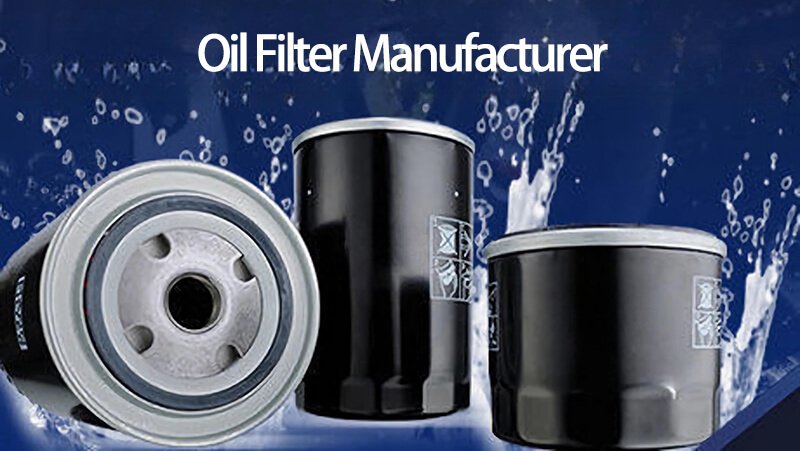
What is a major component for a vehicle?
Have you ever wondered which component is the most critical in a vehicle? While every part of a car is important, there are certain components that stand out due to their fundamental role in ensuring safety and performance.
The engine6 is perhaps the most critical component of a vehicle. It drives the car forward and ensures it operates smoothly. Without a functioning engine, the car would be unable to move, making it essential for the vehicle’s performance.
While every part of a vehicle is important, the engine is undeniably the most crucial. It is often referred to as the heart of the car because, without it, the vehicle simply cannot function. The engine works by converting fuel into mechanical energy, which propels the car forward.
There are different types of engines, including internal combustion engines7 (ICE) and electric engines8. Internal combustion engines rely on gasoline or diesel to operate, while electric vehicles (EVs) use electric motors powered by batteries. Regardless of the type, the engine is the powerhouse that makes everything else in the vehicle work.
How the Engine Works:
| Engine Type | How it Works | Pros | Cons |
|---|---|---|---|
| Internal Combustion | Burns fuel in cylinders to create mechanical energy | Well-established, easy to maintain | High emissions, fuel dependency |
| Electric Motor | Uses electricity to generate motion | Eco-friendly, low maintenance | Limited driving range, long charging times |
Maintaining the engine is essential for the vehicle’s overall health. A well-maintained engine can improve fuel efficiency, reduce emissions, and extend the life of the vehicle. Regular oil changes, checking fluid levels, and ensuring the engine is free from debris are all important tasks for keeping the engine in good condition.

What are the 5 most important parts of a car?
When it comes to the most important parts of a car, you might think of the engine9, the wheels, or maybe the brakes10. But the truth is, there are several parts that together ensure the vehicle runs efficiently and safely. Let’s explore the five most important parts of a car.
The five most important parts of a car are the engine, brakes, transmission, wheels, and suspension system11. Each of these parts plays an essential role in the overall performance and safety of the vehicle.
Here’s a deeper dive into the five most important parts of a car and what makes them essential for the vehicle’s operation:
-
Engine: As discussed earlier, the engine is the powerhouse of the vehicle. It provides the necessary energy to move the car. Keeping the engine in good condition is vital for ensuring the vehicle’s reliability and performance.
-
Brakes: The braking system is critical for safety. It ensures the vehicle can stop efficiently, reducing the risk of accidents. Regularly checking the brake pads and rotors can help maintain their effectiveness. The braking system includes both the primary braking mechanisms and emergency systems such as parking brakes.
-
Transmission: The transmission ensures that the engine’s power is transferred to the wheels. Without a functioning transmission, the car would not be able to change gears, leading to a breakdown. There are different types of transmissions, including automatic, manual, and CVT (continuously variable transmission), each with its own advantages and challenges.
-
Wheels: The wheels provide the necessary traction to the road. They are essential for steering, braking, and acceleration. Tire maintenance, including checking air pressure and tread wear, is crucial for safety. The type of tire you choose (e.g., all-season, summer, or winter tires) affects vehicle handling and performance, especially in varying weather conditions.
-
Suspension System: The suspension system absorbs shocks from the road and helps maintain vehicle stability. It also ensures a smooth and comfortable ride. A suspension system in poor condition can cause uneven tire wear and lead to other mechanical problems.
These five parts work together to ensure the vehicle performs optimally. Neglecting maintenance on any of these parts can lead to reduced performance and safety risks.
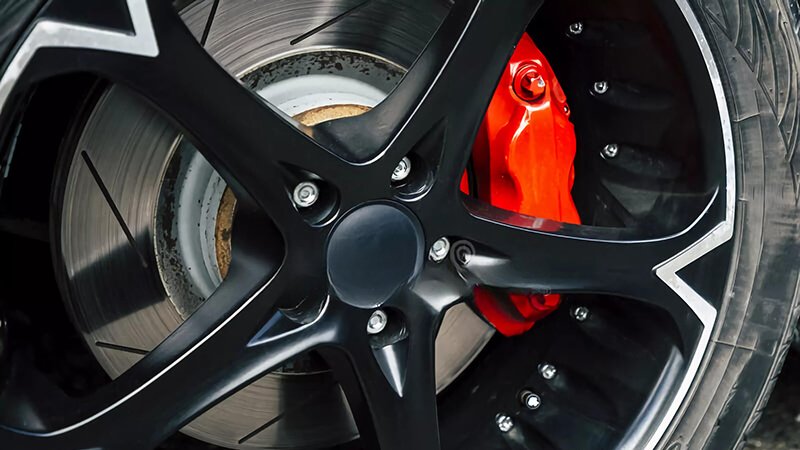
What are the functions of internal parts of a motor vehicle?
Have you ever thought about the internal components that make your vehicle run? While we often focus on external features like the tires and body, the internal parts are just as important. These include systems and components that are essential for the vehicle’s operation and comfort.
The internal parts of a vehicle include the engine12, transmission13, fuel system14, exhaust system15, and electrical system16. These components work together to ensure the car runs smoothly and efficiently.
The internal parts of a vehicle play an essential role in its operation. Let’s take a closer look at some of the key systems:
-
Engine: As mentioned, the engine is responsible for converting fuel into energy. It comprises various components like pistons, cylinders, and the crankshaft that work together to keep the car running.
-
Transmission: The transmission controls the power flow from the engine to the wheels. It allows the car to change gears, adjusting speed and torque based on driving conditions. Without the transmission, the engine’s power would be wasted, and the vehicle would not be able to move efficiently.
-
Fuel System: The fuel system stores and supplies fuel to the engine. It includes components like the fuel pump, fuel injectors, and fuel tank. Ensuring the fuel system is functioning properly can improve fuel efficiency and prevent engine issues.
-
Exhaust System: The exhaust system expels gases produced by the engine. It includes the exhaust manifold, catalytic converter, and muffler. This system helps reduce harmful emissions and noise.
-
Electrical System: The electrical system powers various components of the car, from the lights to the dashboard. It includes the battery, alternator, and wiring. The electrical system is also responsible for powering advanced features in modern vehicles, such as infotainment systems, power windows, and GPS navigation.
Each of these systems plays an essential role in ensuring the vehicle operates efficiently and safely. Regular maintenance and inspections are critical to keeping these internal parts in good condition.

Conclusion
In conclusion, understanding the essential parts of an automobile and how they function is crucial for maintaining the vehicle’s performance and safety. Regular maintenance of the engine, transmission, brakes, suspension, and other key components will help ensure that the vehicle runs smoothly and safely. Whether you're a car enthusiast or a beginner, knowing these basics will help you take better care of your vehicle.
-
Understand the role of the engine in vehicle operation and its impact on fuel economy and emissions. ↩
-
Learn how the transmission controls power transfer and vehicle speed, affecting ride comfort. ↩
-
Explore brake system options and their performance, especially under high-speed conditions. ↩
-
Discover how the suspension system contributes to vehicle stability and smoothness over rough roads. ↩
-
Get insights into the electrical system's role in powering car components and modern technologies. ↩
-
Learn why the engine is considered the essential part of a vehicle, driving performance and functionality. ↩
-
Gain an understanding of how internal combustion engines operate and their role in traditional vehicles. ↩
-
Compare ICE and electric engines to see how they power vehicles differently. ↩
-
Understand the engine's role in providing power and energy for the car's movement and performance. ↩
-
Learn how brakes prevent accidents by ensuring efficient stopping power and vehicle safety. ↩
-
Discover how the suspension system helps maintain stability and ensures a comfortable ride. ↩
-
Learn about the engine's components and how it converts fuel into energy for the car. ↩
-
Understand how the transmission transfers engine power to the wheels and ensures efficient movement. ↩
-
Explore the components of the fuel system and its role in supplying fuel to the engine. ↩
-
Learn how the exhaust system reduces harmful emissions and noise produced by the engine. ↩
-
Discover how the electrical system powers both basic and advanced features in a vehicle. ↩

